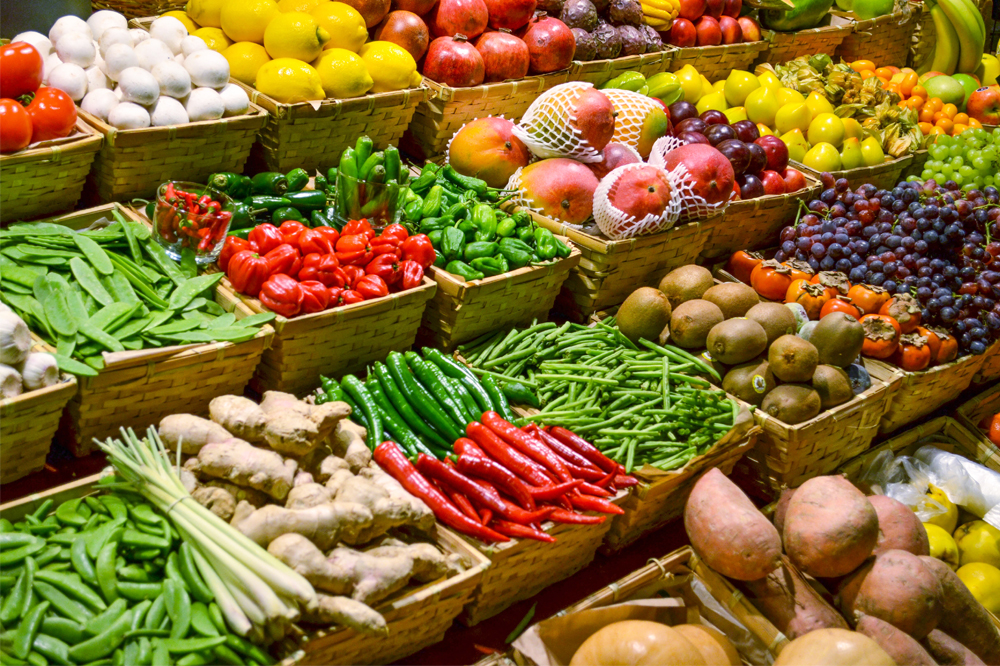Managing a restaurant offers numerous challenges and something is always going to pop up to demand your attention, so it is important to have as many policies and procedures in place as possible. With your slim margins, controlling cost is a key to success. As food and labor are typically your largest expense, it is imperative to have a restaurant inventory management process and policy for your business.
Inventory control should cover your food, beverages, small wares, and cleaning supplies. Understandably this task can be as daunting as an elephant in the room, but if you establish restaurant inventory management processes early and start with the most critical areas of your business, it’s easy to accomplish.
The main purpose of taking inventory is to measure the amount of usage by item your restaurant uses over time, to compare that with your sales and to investigate the gap between the production value and sales. Restaurant inventory management also helps you in your ordering and toward the goal of minimizing waste.
Not sure where to begin? Here are a few quick tips for how to manage restaurant inventory:
Begin with Your Critical Items
The critical area of your business and thus a good starting place for inventory control is your menu. There are likely a few items that are top sellers on your menu (especially those with high value but low cost), so you cannot afford missing a step on managing the inventory required for these items. You should have the “tightest” control on your critical items. These items should be inventoried every shift and at the very least every day.
Establish Pars for Each Item
Although we associate “par” with golf, the word actually means “equal to” in Latin. In inventory, “par” is the level at which the stock is replenished. Setting par allows you to keep enough inventory on hand as that you don’t run out of what you need.
Many operations set the par at daily sales level plus delivery time, to ensure the business is never without those essential items. Only knowing how much you have on hand is of no value unless you tie that number into your production and sales. Be sure add the par into your on-hand count to know when and how many to order. This will also help to keep up with your sales units.
Implement a Process for Restaurant Inventory Management
Take the time to implement a process and stick to it! Establish the best time to do your inventory – I suggest it ties into your ordering process and delivery. Be certain to take the time to do the inventory or hold your managers accountable to complete the inventory. Remember, the more complex and diverse your menu is, the more important it is that the inventory is completed faithfully.
Use Accounting Software for Restaurant Inventory Management
Although counts can still be conducted with paper and pencil, be sure to input it into software that ties to your sales. The restaurant business has become too complex and time demands are too tight to try and keep track of inventory without software.
Conduct Yourself and Spot Check
Once your process is established, be sure to be the first one to complete the process yourself. Then, when your team is responsible for conducting inventory, spot check the process at intervals you’re most comfortable with, whether it’s once a month or once a quarter.
Remember, your inventory is your sales that are not rung through the register yet, so be sure to keep an eye on what is in the back of the house. If managed correctly, you should have just enough inventory on hand to never have to 86 something on the menu, but not too much that products begin to spoil. It can also keep you or your staff from being “tempted” by those “great deals” your suppliers are running – check your inventory and usage before buying that “bargain”.
Although inventory management is a fine balance, establishing a process and refining it will keep your restaurant in stock and keep your business in good health.
Need a cash infusion to help your business expand or get back on track? Merchant Cash Advance could be the answer!






